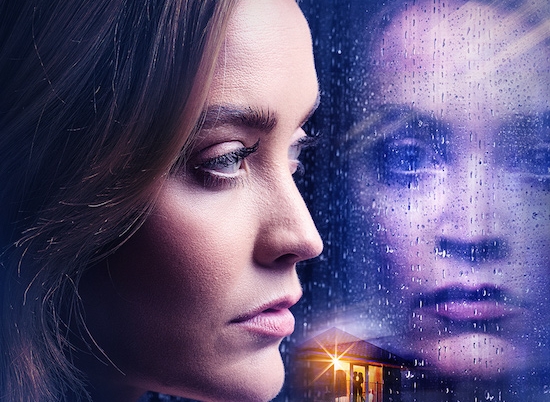Imagine waking up one morning, staring out of your window at the beautiful English countryside, to notice that you are the sole survivor of a global catastrophe, writes Aaron Champion.
Everybody's Gone To The Rapture, as if that isn't an enticing enough title, is one of the most atmospheric and delicate games of 2015; oozing with English charm this Post-Apocalyptic game set in a 1980's British village (the fictional Yaughton) draws tones from games such as Heavy Rain and, most notably, the classic Myst.
From the opening menu screen with its 'Warning' steps, to the eerie title soundtrack filled with radio static and a lonely woman's voice repeating '2, 1, 1, 2, 2, 1' a lot of love has obviously been poured into the crafting of this gem.
The game involves simply exploring the village, listening to conversations from before the 'event' through any radio wave receivers, such as telephones and radios, like voices from beyond the grave, and finding the streams of light that whizz around the empty cul-de-sacs that, once discovered, show snippets of situations that arose between residents before the disappearance in a show of dancing energy.
For example, you can observe a lover's tiff in a bus shelter, the ramblings of the local astronomer as she observes the end of everything from the stars, local hooligans breaking into the grocery store, as well as a traumatised mother who is trying to save her son who is inexplicably bleeding – a condition appearing in most residents.
You then use these to piece together the story that led to the beginning of the end.
The details of the village is extraordinarily unbelievable; every single aspect of a typical slice of English countryside has been considered, right down to the fonts used of street names, the reflective posts on the bends in a road, as well as fuel prices displayed current to the time the game was set in.
There are only two negative aspects to the game; the very 'samey' gameplay; walk there, look at that, watch the scene, move along, repeat.
Although it is imperative to the story to do this, it would be nice to shake the gameplay up with interactive cutscenes of puzzles to complete.
The other niggling factor is the strange use of the SIXAXIS Motion controls – you use the system to 'unlock' the scenes played out by the beams of light; to do this you approach the light then wiggle the controller left to right until it shakes and the scene plays out – very strange, but doesn't detract from the game itself.
Aside from these very arbitrary points, the game overcomes these and really pushes the boundaries of what is expected from a typical video game.
You receive a full and intriguing story, eerie atmosphere and beautiful visuals that come together to make one of the best indie titles of 2015.
Make sure to pick this up if you prefer story over gameplay.


















